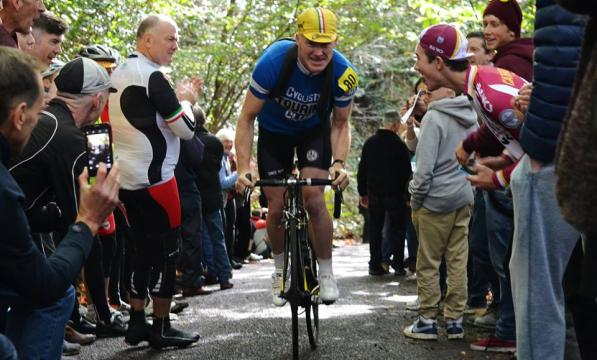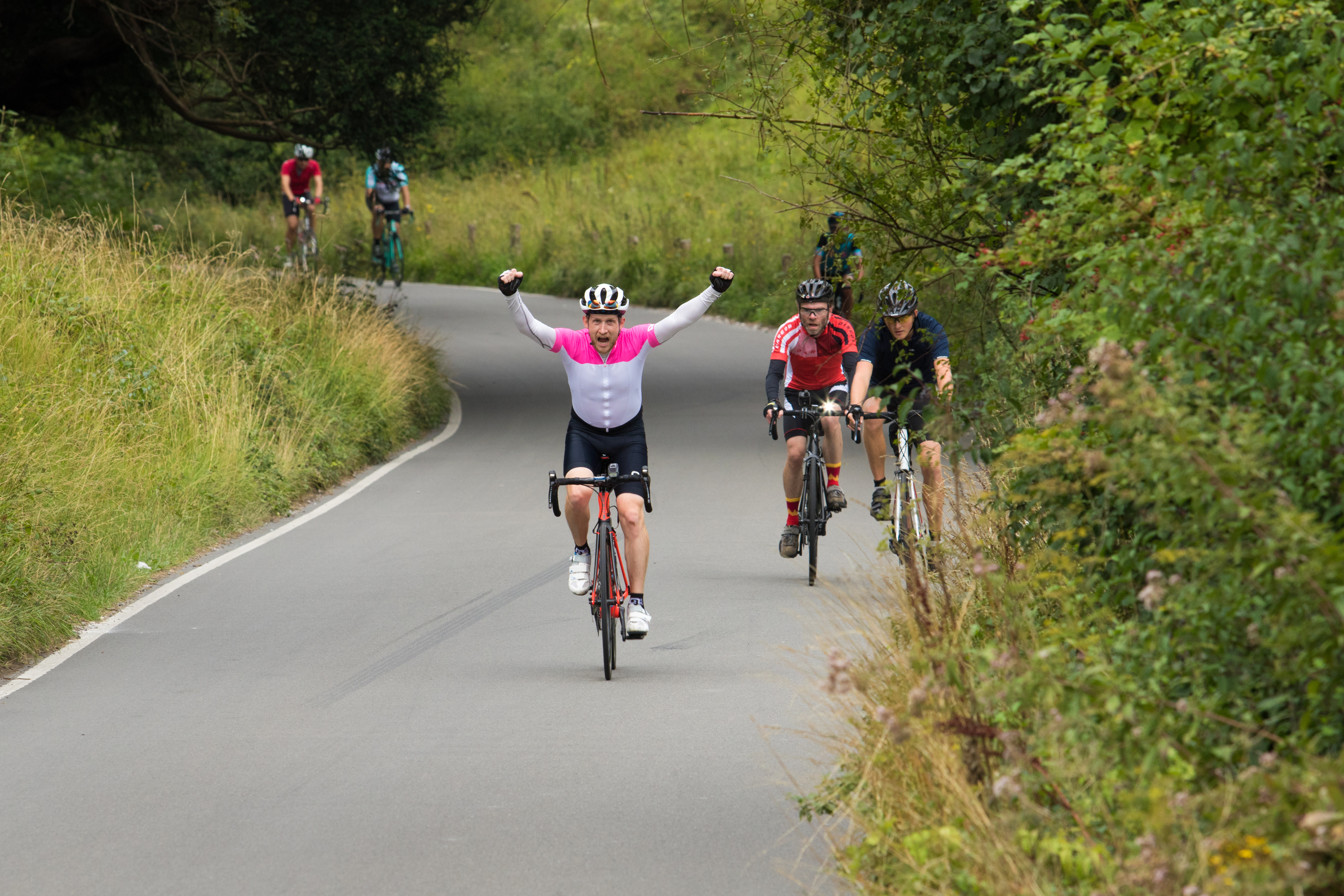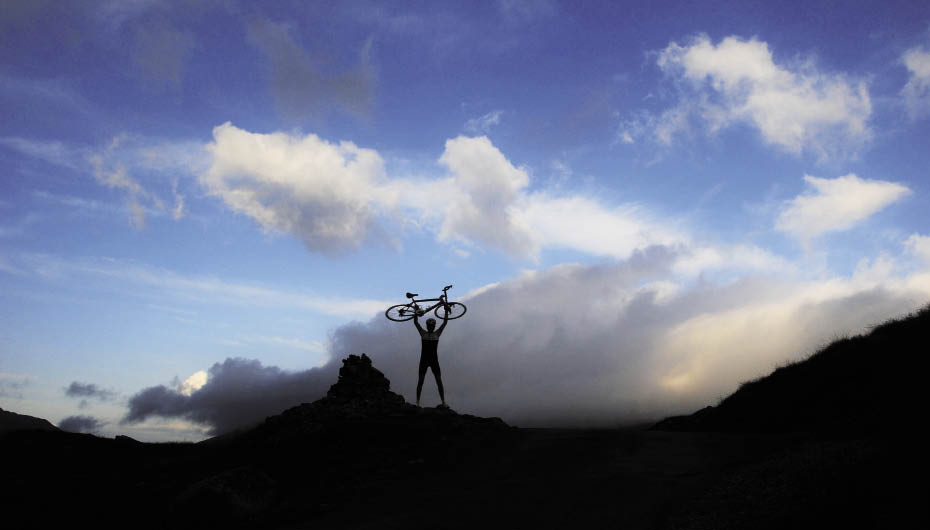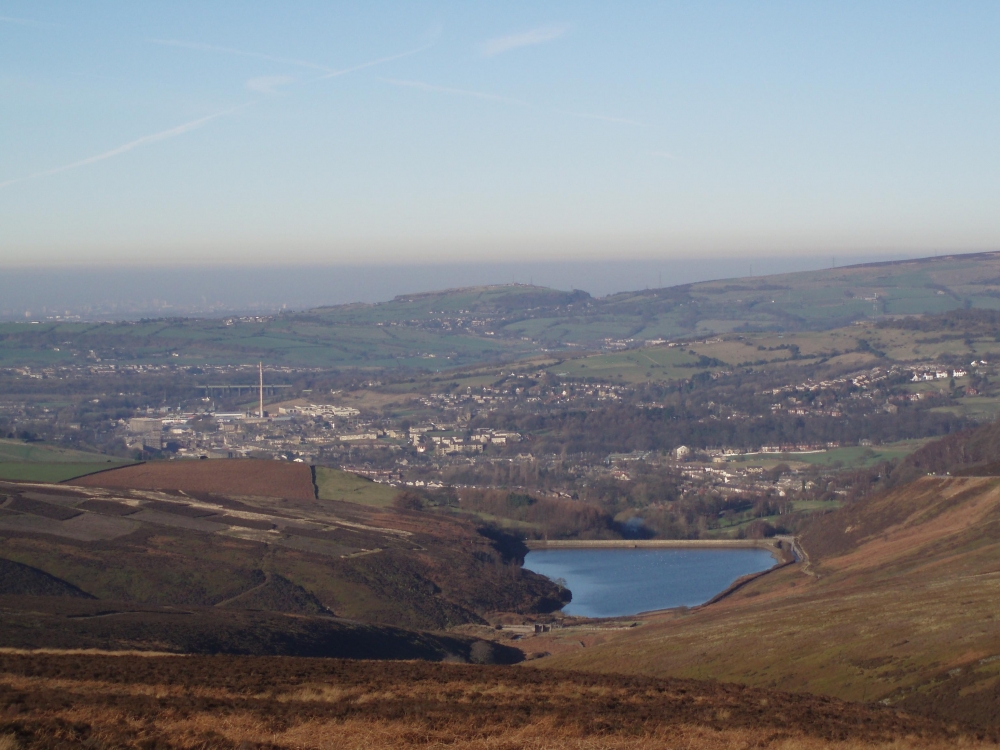Paul Tuohy’s guide to hill climbing

For a short calorie-burner, tackling Yorks Hill ticks several boxes – especially the one that says no pain, no gain.
It also means stepping into history, as the steep climb is home to the annual Catford Cycling Club Hill Climb – the oldest continuing cycle race in the world, dating way back to 1886.
Paul said: “Hill climbing is a nutty event, very British. It’s an end-of-season cycling tradition and as a member of Catford CC I’m very proud that we host one of the most famous and prestigious cycling events on the calendar.
“Riding Yorks Hill hurts so much. You look into the tunnel of trees ahead and know what lies in wait – it’s like preparing for the dentist’s chair. But once you’ve finished, cheered on by over 1,000 spectators, it feels so brilliant that you want to come back for more.
“Even if the hill climbing season is over, there are always plenty of cyclists looking for a challenge. Yorks Hill certainly fits that bill.”
And what a test it is – a 646 metre (707 yards) climb with two 1-in-4 stretches and an average gradient of 12.5%, requiring a lung-bursting effort to reach the top and conquer a total elevation of 250 feet.
Paul knows every twist, turn, sudden incline and shift from sunlight into shadow only too well. Like everyone who has ever competed in the legendary Catford climb, he is left in awe by the astonishing record of 1min 47.6sec set by Phil Mason on a steel track bike in 1983.
You look into the tunnel of trees ahead and know what lies in wait – it’s like preparing for the dentist’s chair
Paul Tuohy, Cycling UK’s chief executive
He recalled: “I was there riding that day and there was a real buzz about Phil Mason’s time. It has been attacked by pros since then, on carbon-frame bikes with gears, but still no-one has broken his record.”
The 2015 winner was Richard Bussell, of Beacon RCC, who was also the 2015 British National 10-mile Time Trial champion and National Hill Climb champion. But even he was unable to beat Mason’s mark, clocking 1:50.9.
Having taken the Catford CC honours on the morning of Sunday 11 October, Bussell travelled across the border from Kent into Surrey to finish second in the Bec Hill Climb on Toys Hill that afternoon.
Paul said: “Really good hill climbers are like jockeys – it’s is all about power to weight. That’s why Richard Bussell lost six kilos between winning the National 10-mile Time Trial and the National Hill Climb Championship.
“What I really liked was the fact he was the only man in the National Hill Climb who rode fixed wheel. I love that traditional approach.
“That power-to-weight ratio is why I enjoy hill climbing. I weigh 11 stone and ride time trials but my Achilles’ heel is when it is totally flat.
“I have seen people with quite substantial paunches doing time trials on the flat, getting the gear up and going under an hour for 25 miles. But it’s a different ball game on hilly terrain when they aren’t in the tuck position. That’s where I can do reasonably well.”
Paul realised his ambition to break three minutes in his club’s Yorks Hill competition at the age of 50 in 2012, clocking a very respectable 2:58.2.
He added: “The reason it is so much fun – in a masochistic way – to amateur riders like myself is to have all those people screaming you on. Even if they are only there to see your pain!
“It is the closest any of us will ever get to riding an Alpine Tour stage. That wall of sound from the crowd is like an extra gear and really helps.
“The club still provides catchers at the end of the climb to support exhausted, wobbling riders – maintaining a tradition dating back to the days when cyclists’ toe-straps were done up so tightly they couldn’t get their feet out of the pedals and would just fall over sideways. Not that you could feel much more agony at that stage…”
Paul’s top five tips for competing in a hill climb
- Know the hill. If you can, ride it in advance so nothing takes you by surprise – and don’t be intimidated by it. If it’s not on your doorstep, do plenty of training reps up hills close to you. As with anything, practice makes perfect.
- Have a specific, and realistic, target to aim for in terms of time.
- Hill climbing is all about your power-to-weight ratio. So keep an eye on your bodyweight. Richard Bussell lost six kilos between winning the National 10-mile Time Trial and the National Hill Climb Championship – if it’s good enough for him, it’s good enough for the rest of us!
- Don’t eat within an hour of starting your ride. Plan your nutrition beforehand, not on the day.
- Don’t overcook it early on. Pace your climb right – ensuring you have an empty tank at the top, not halfway up.
Dozens of hill climb competitions are held by clubs around the country each year in September and October.
In the meantime, there is no shortage of taxing slopes on which to work those legs and lungs – especially if it helps clear the head of that festive haze. Here are just a few of the country’s most famous climbs, with height gain, average gradient, length and maximum gradient in brackets…
- Porlock Hill, Somerset (372m/1,220ft, 12%, 4.9km, 25%).
- Ditchling Beacon, Sussex (142m/466ft, 10%, 1.4km, 17%).
- Buttertubs, North Yorkshire (223m/732ft, 9%, 3.6km, 25%).
- Hardknott Pass, Eskdale (298m/978ft, 13%, 2.2km, 33%).
- Bealach-Na-Ba, Highlands (623m/2,044ft, 7%, 8.9km, 20%).
And don’t forget, there’s more advice on hill climbing from Paul Smith too!








